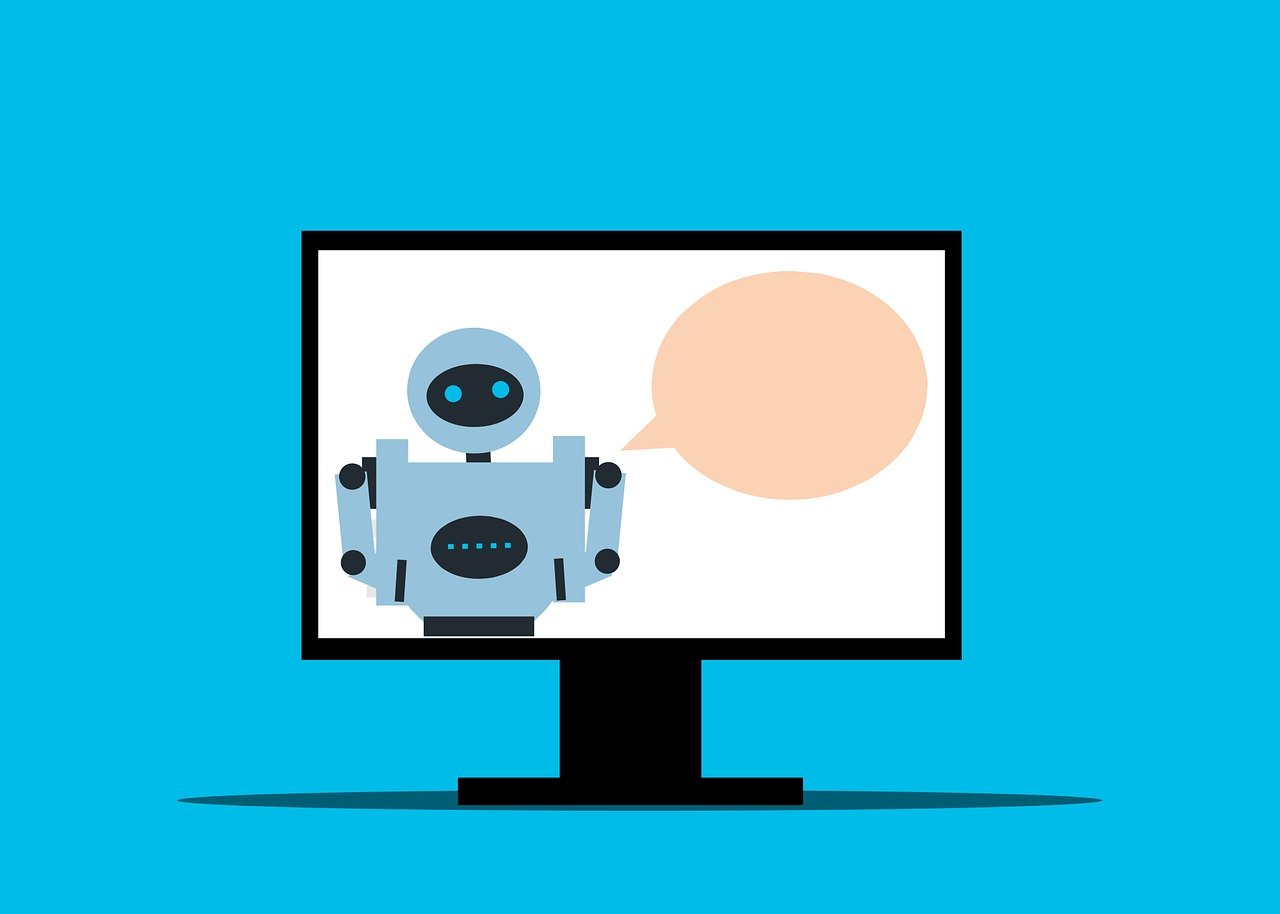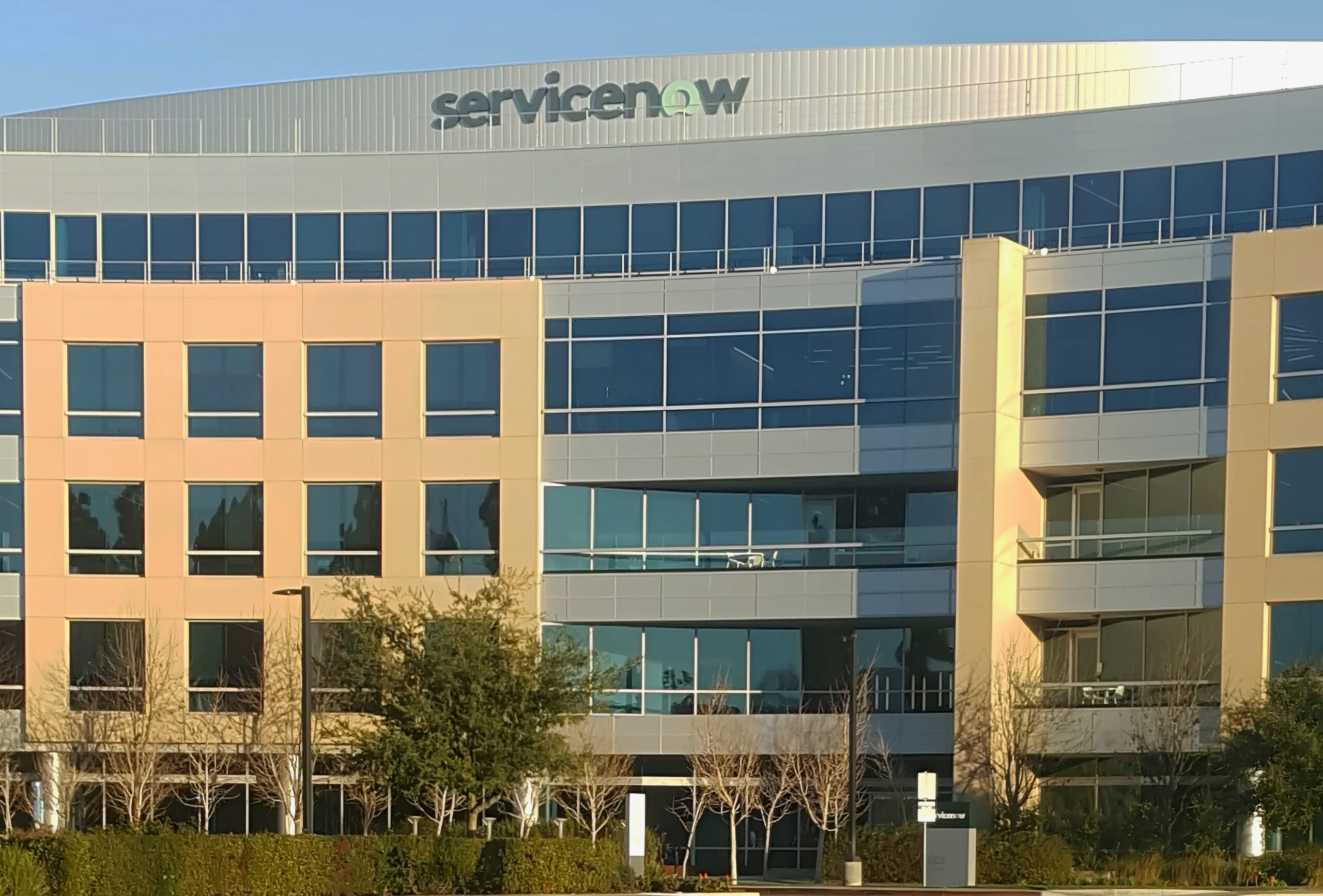Becoming an AI-first business requires a total organizational mindshift

Just about every organization wants to be an AI-first company right now, but making every part of the business run on AI is easier said than done. If history’s any guide, past digital transformation efforts showed how a lack of organizational buy-in can sink even the best intentions.
Brian Solis, head of global innovation at ServiceNow, and author of the book Mindshift, says his research found that one of the main reasons digital transformation projects didn’t pan out was looking at the process as an IT problem. That often led to digitizing certain parts of the business, which was fine as far as it went, but the impact rarely spread across the entire company.
“My counter to that research was to show what successful digital transformation looked like from a business standpoint. By analyzing the models of Amazon or Uber or Airbnb, I showed that if you put digital at the center of your business, this is what transformation could look like,” Solis told FastForward.
In his view, the key to any successful change is not confining it to a single group, but making it an end-to-end, enterprise-wide effort that actually alters the way you do business in a positive way. And the same principle applies to working toward becoming AI-first. You can’t look at it as a technology project. It requires a shift in organizational thinking that starts at the top and works its way through the entire company.
Making the shift
Box CEO Aaron Levie agrees that companies have to be thinking about what it means to be AI-first. “It's really this idea that everything we do should be aided by AI and in the service of accelerating our work,” he said. If it works as described, that should result in faster, more intelligent decision making, while letting companies bring more products to market more quickly.
“The output of the organization should go up on a per-person basis, and we should be able to use AI to get that output to go up,” he said. And as that happens, he believes it will have a ripple effect across the company. It’s worth pointing out that few organizations to this point have achieved this level of change yet, but that is the goal, at least.

While Levie has articulated the vision, Solis looks at the frameworks to get there. He believes that you can’t reach Levie’s ideal by simply redesigning existing work processes. “AI cannot work in the box of business as usual. It really requires actual transformation, mostly from a data standpoint, which then involves breaking down silos and rethinking operational structures,” he said.
That means not only getting your data house in order, which is essential to successfully implementing AI projects, but also reimagining how your business could work in the age of AI. Solis says that requires a new kind of leader, one who could actually come from anywhere in the company, not just in the C-suite.
Finding the mavericks
The people who lead substantive organizational change like digital transformation or becoming AI-first may or may not be executives. They could be any employee who sees a better way to do things and leads by example, ignoring the noise and plowing forward, often bucking conventional wisdom. Solis calls these folks ‘change agents,’ anyone who is a “believer in and catalyst of progress; this is a person who sees a better future and is on the cusp of becoming a leader,” Solis wrote in Mindshift.
These are people who Jeff Bezos calls ‘mavericks,’ people who challenge the status quo. “[Successful companies] figure out how to support them and keep them driving change inside the company. Because really, most big companies get comfortable, and the mavericks cause discomfort, and so it's easy to keep them away and kind of drive them out, but you'll lose so much that way,” Bezos said recently at an Italian Tech Week interview.
AI cannot work in the box of business as usual.
Solis says most leaders lean on the familiar — their experience (the way it’s always been done), the board (the protectors of the known and routine) or the inner circle who probably won’t question the leader’s narrative. Fear of change leads to incremental programs instead of bold shifts, and it takes these special individuals to push through that.
Right now, we’re seeing a recurring problem with AI adoption where companies skip the hard work like prepping their internal data, while rushing into proof-of-concept projects, and finally falling back to status quo when results disappoint. “If it’s not showing true business impact, which is how we look at AI or any digital tool, as a cost-cutting tool for efficiency versus the unknown piece that could potentially unlock innovation, growth and business value,” he said.
In Mindshift, Solis not only defines the problems companies face, but also offers models for exploring meaningful change. “When you're seeing answers or insights or you curate curious bits, you actually have a mechanism to expand it,” Solis explained.
All of this is to say, you can’t embrace big changes unless you see the possibilities a positive outcome could bring. “So that shift from self-awareness to ‘I don't know what I don't know,’ to imagination and curiosity, and then to building that framework — that's the mind shift.”
Featured image courtesy of ServiceNow.





